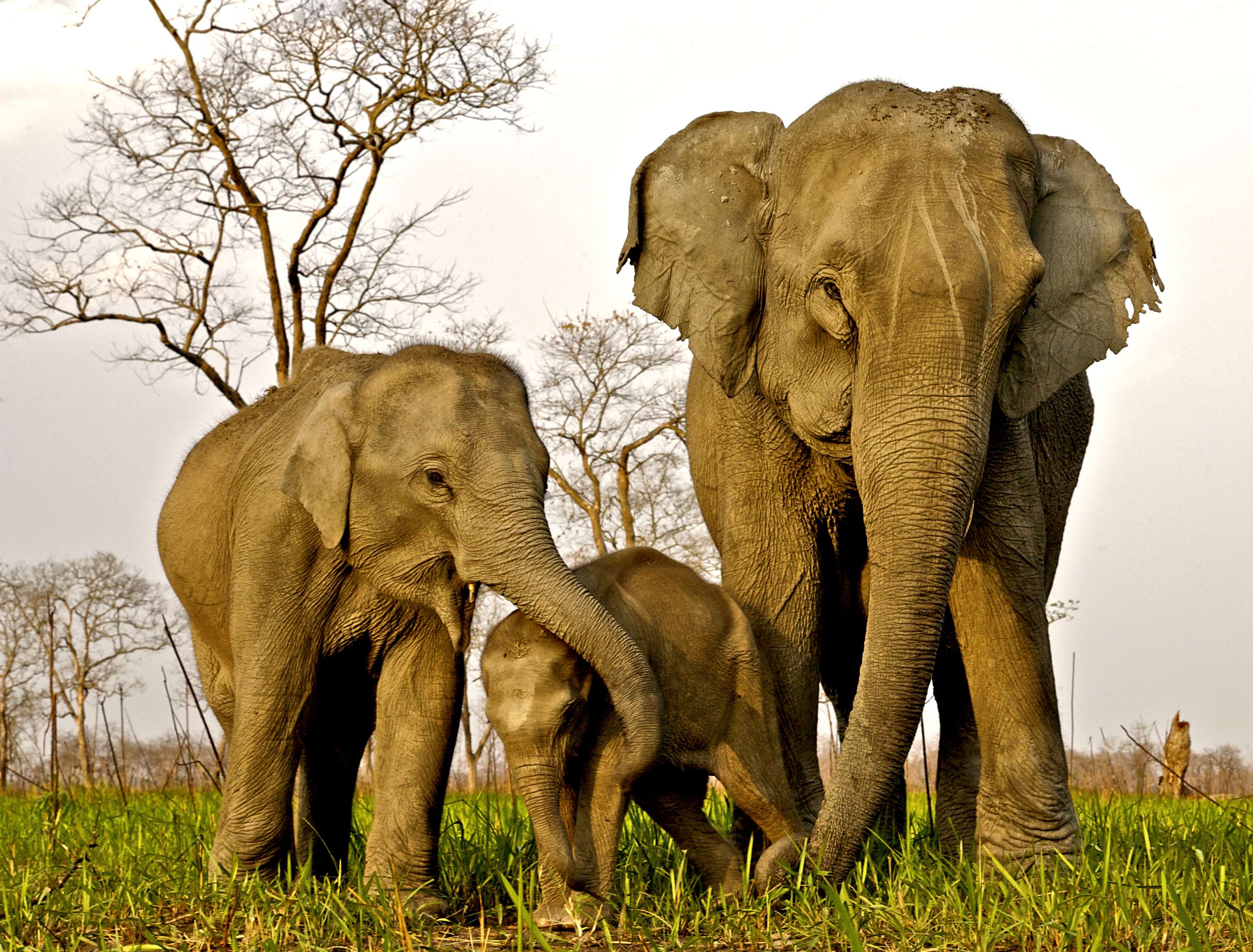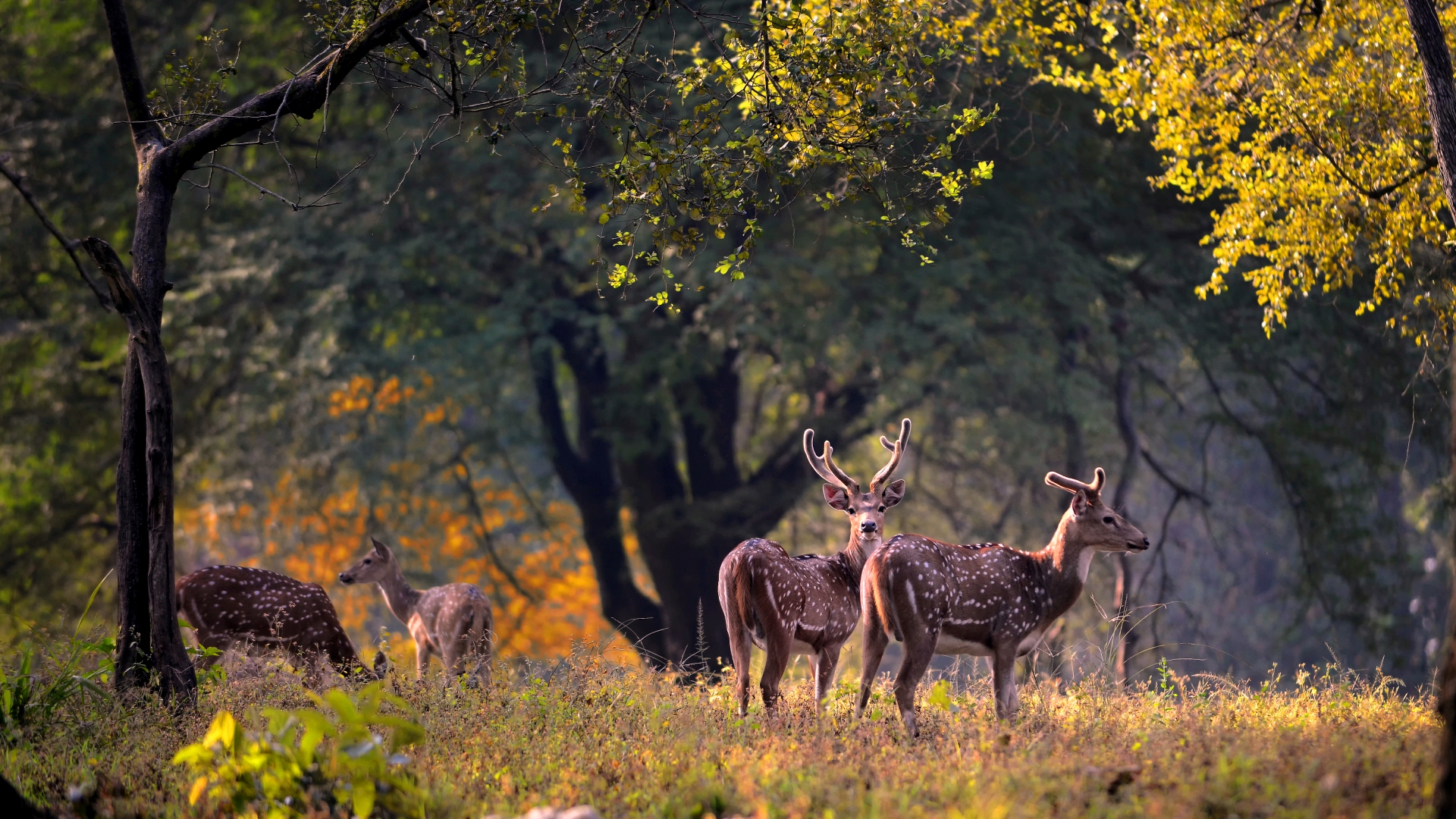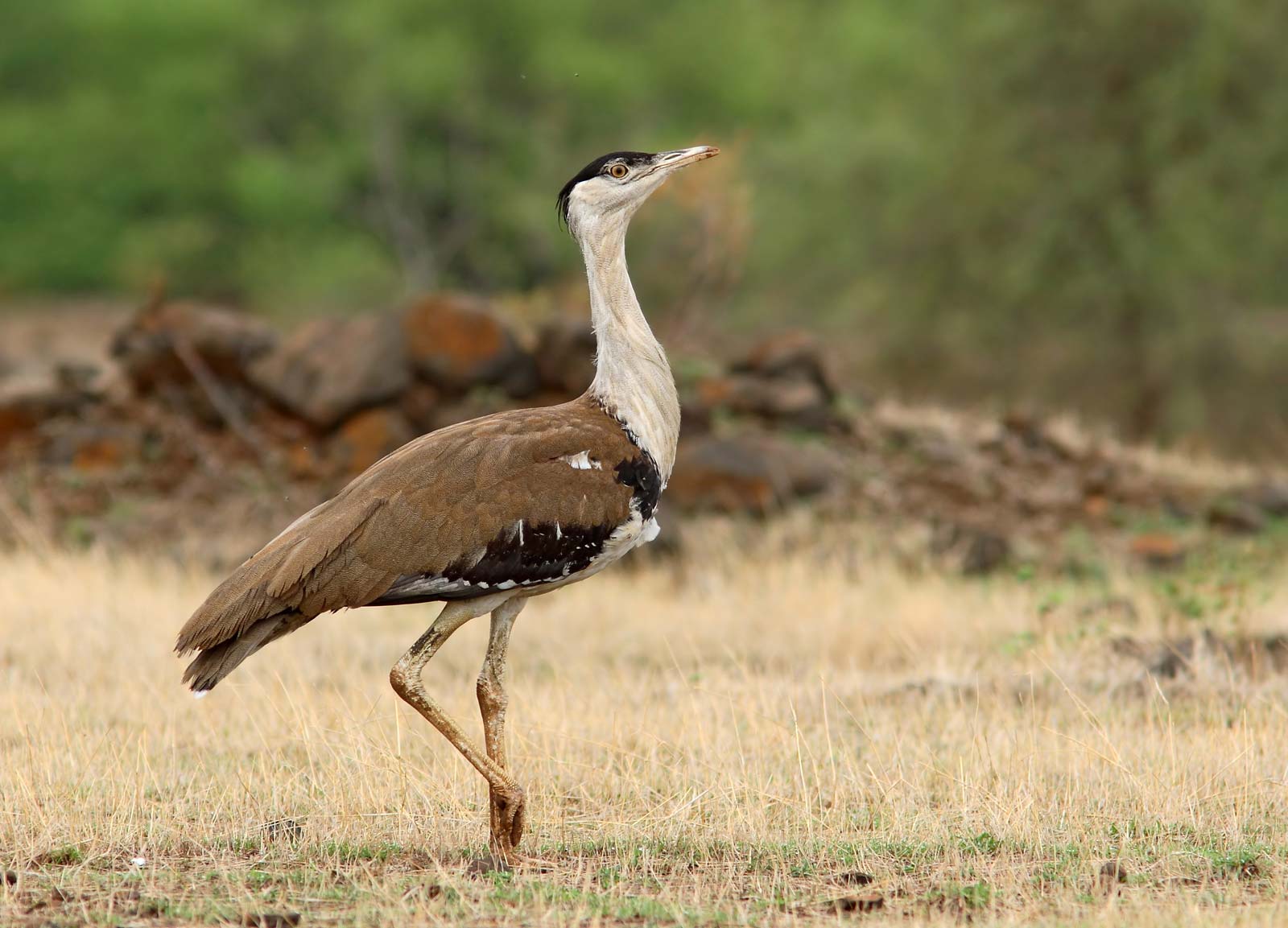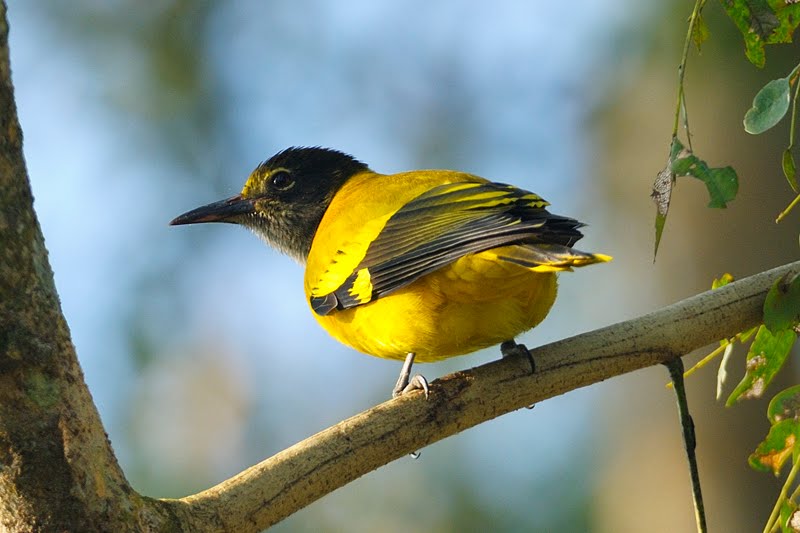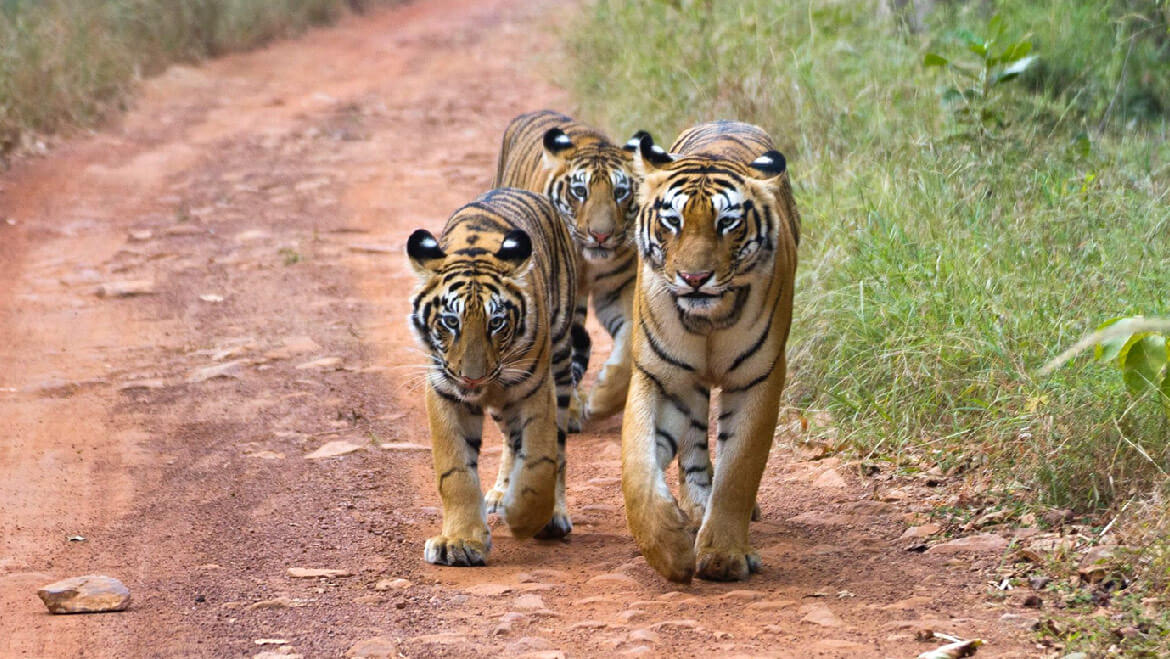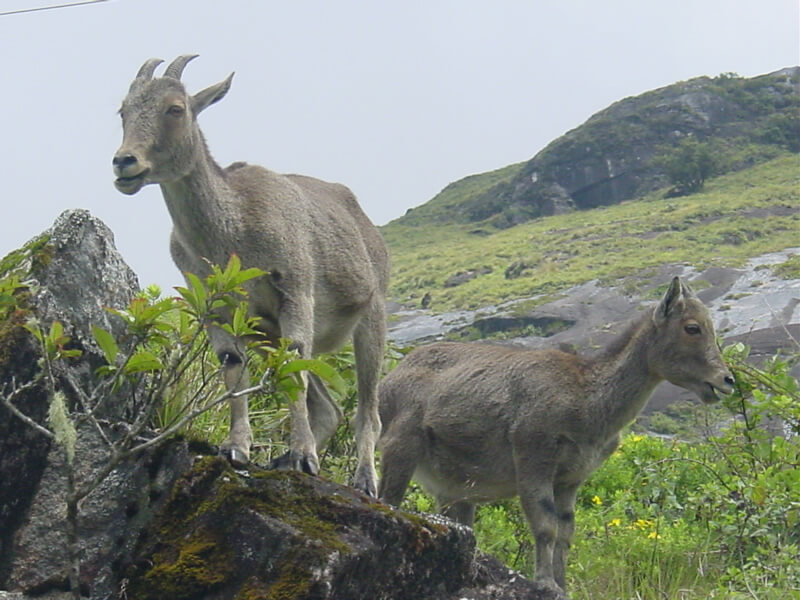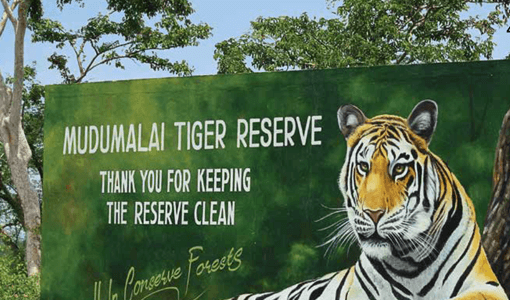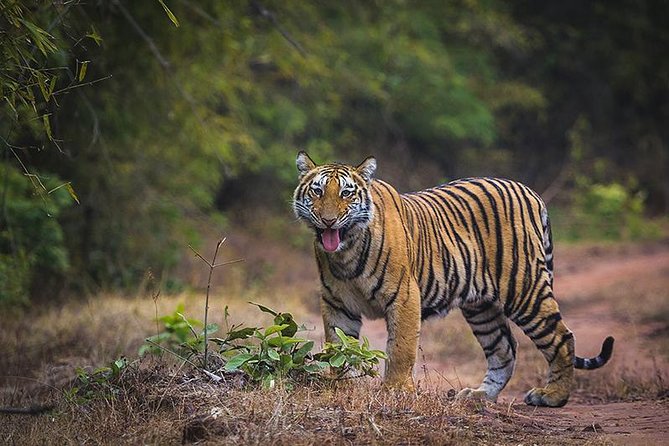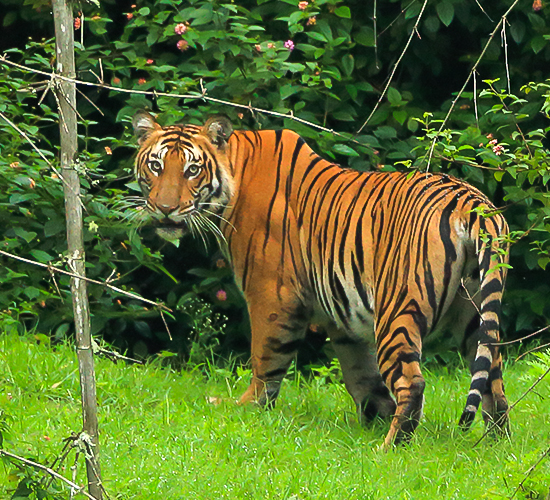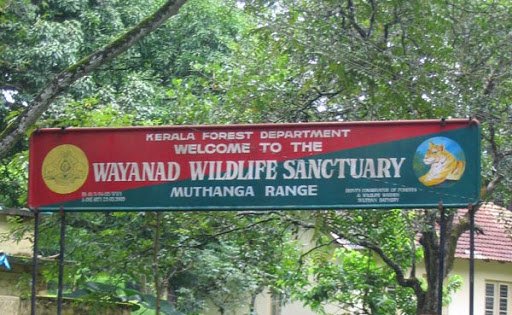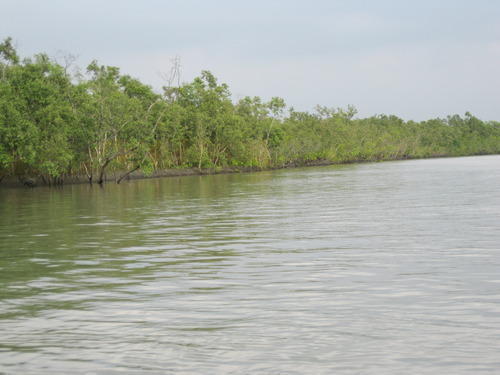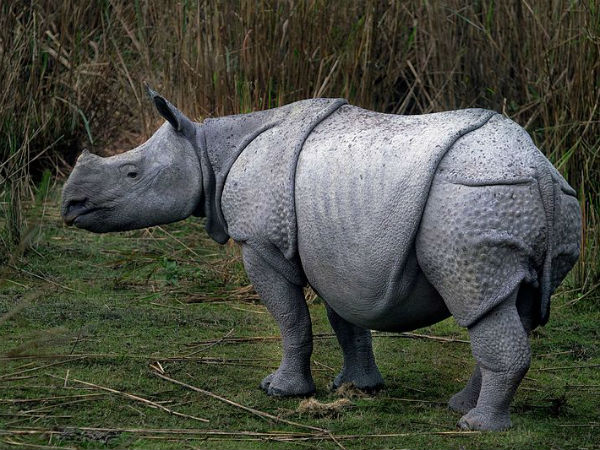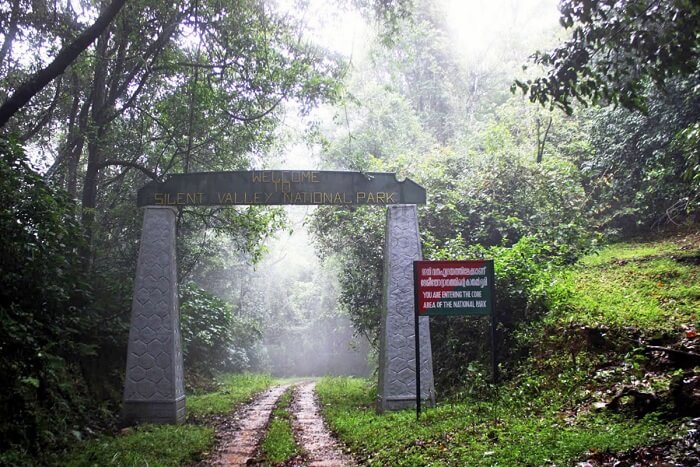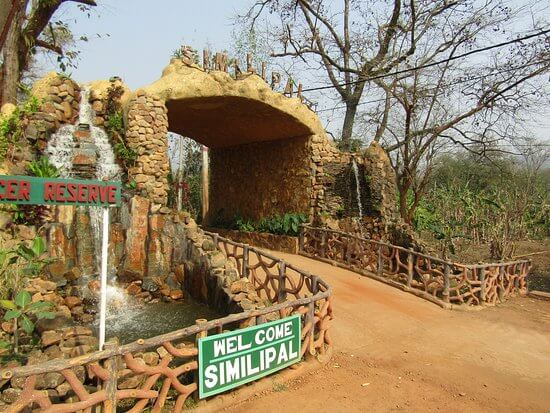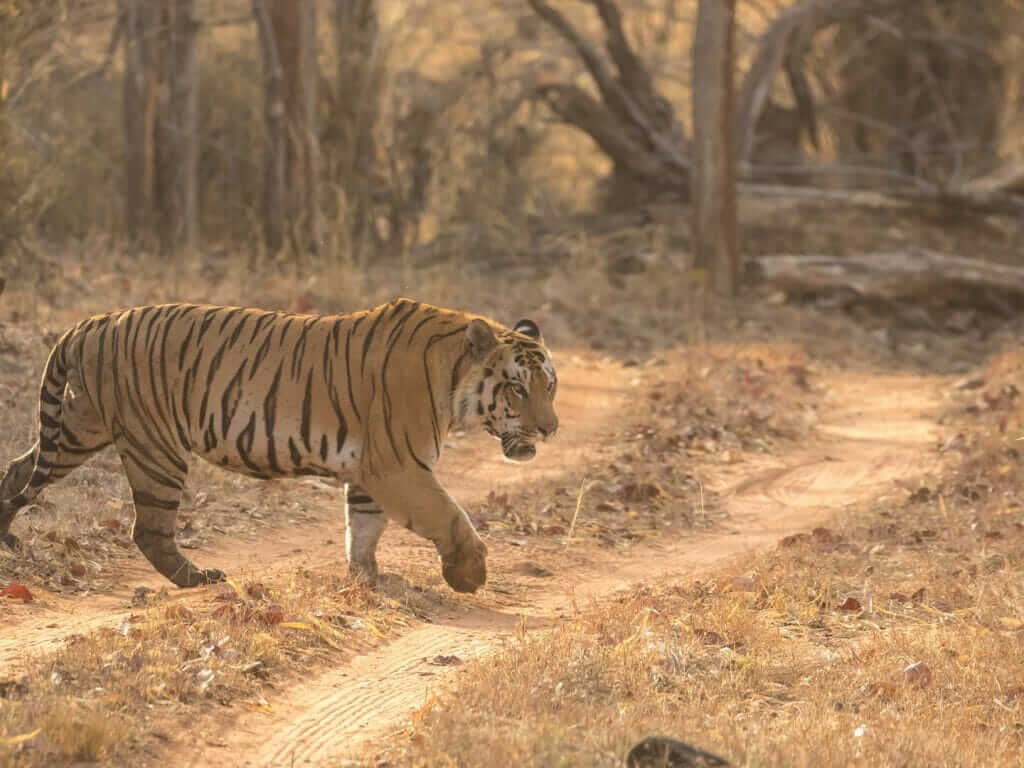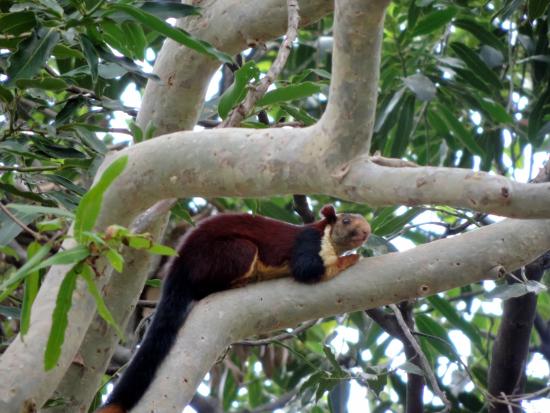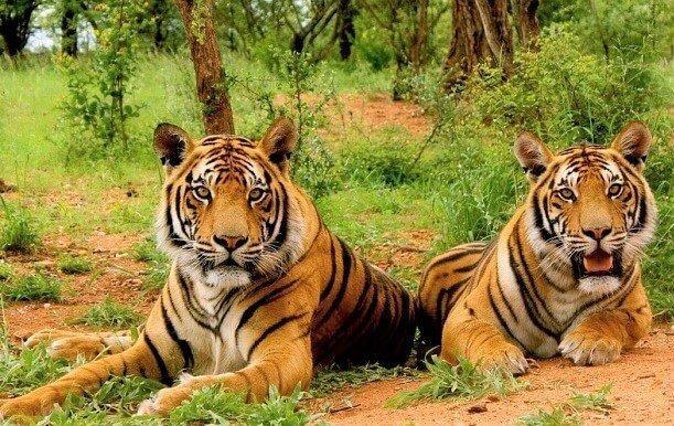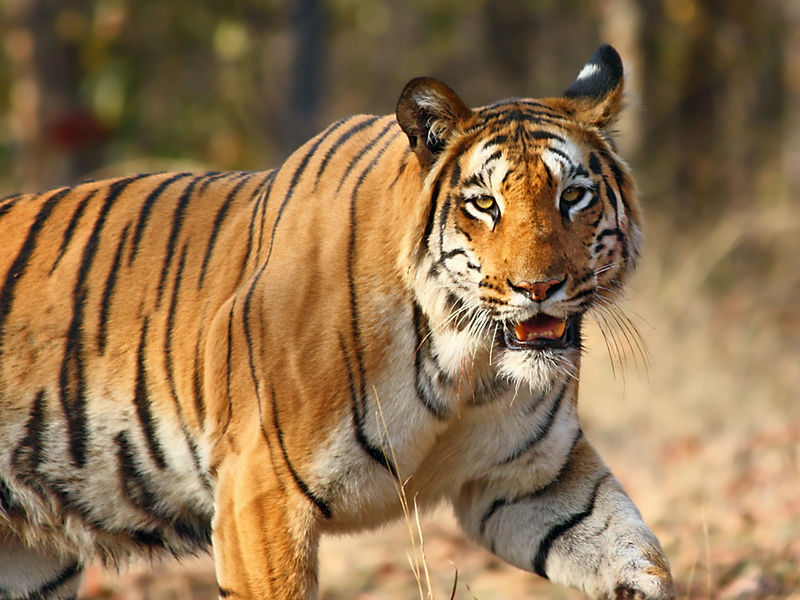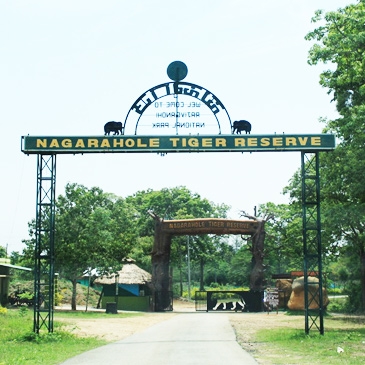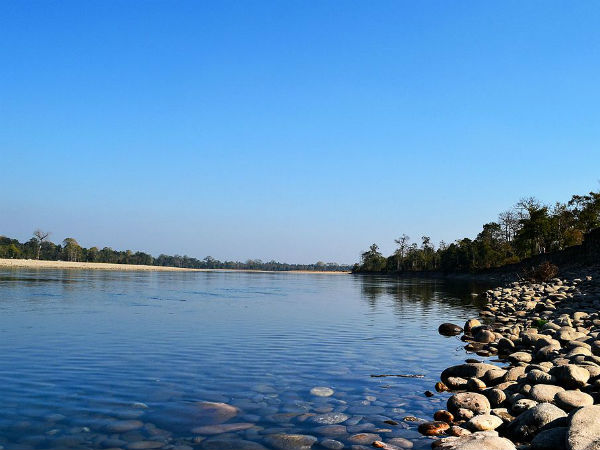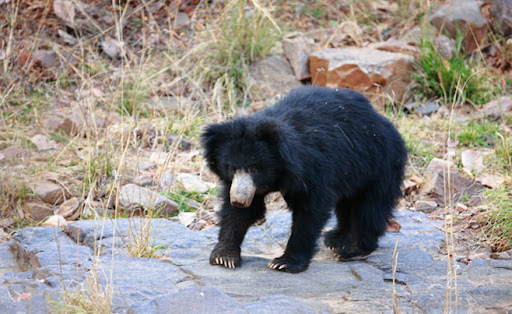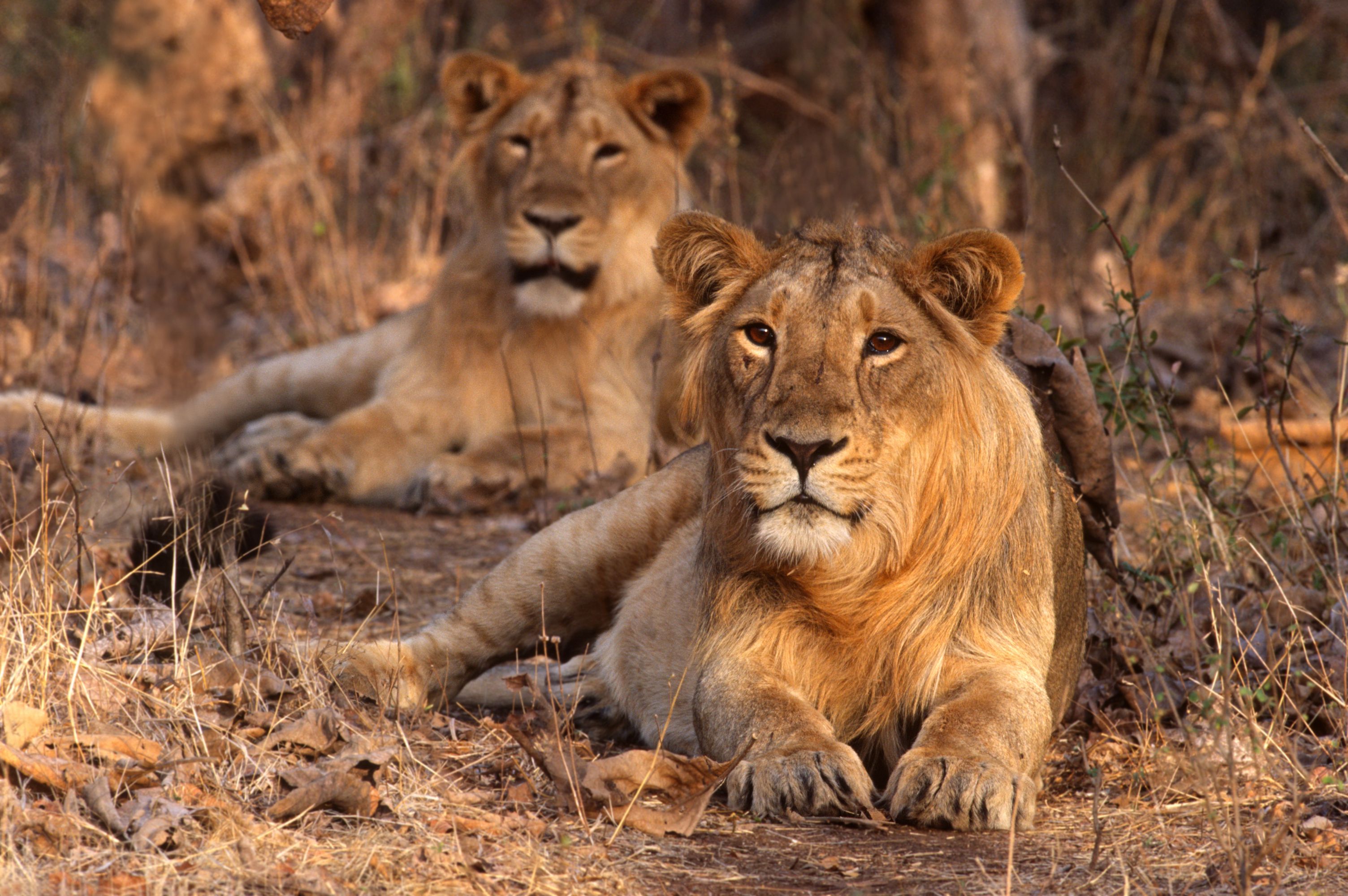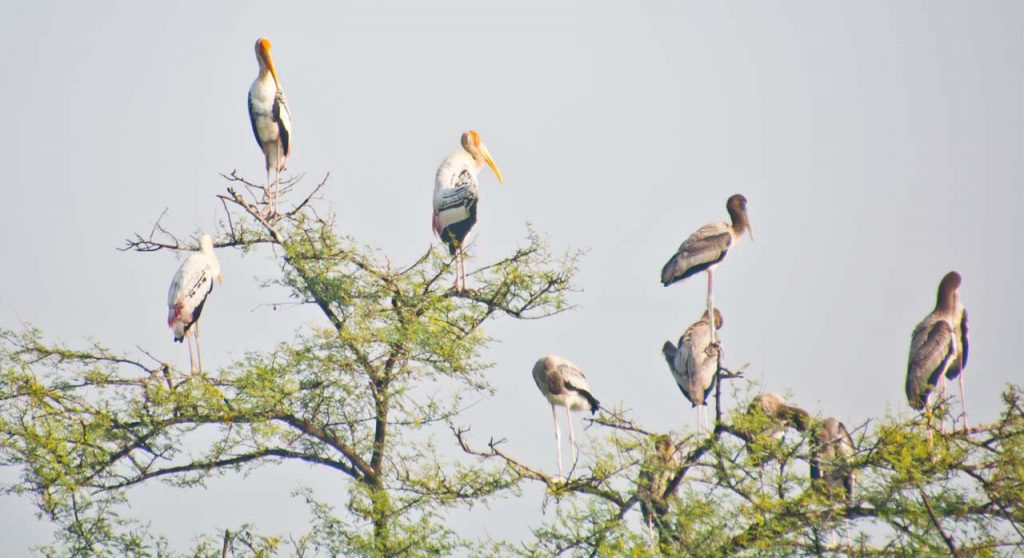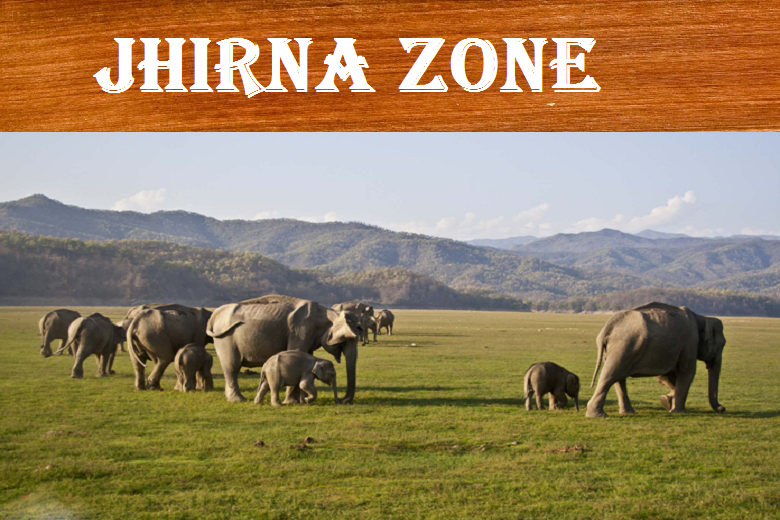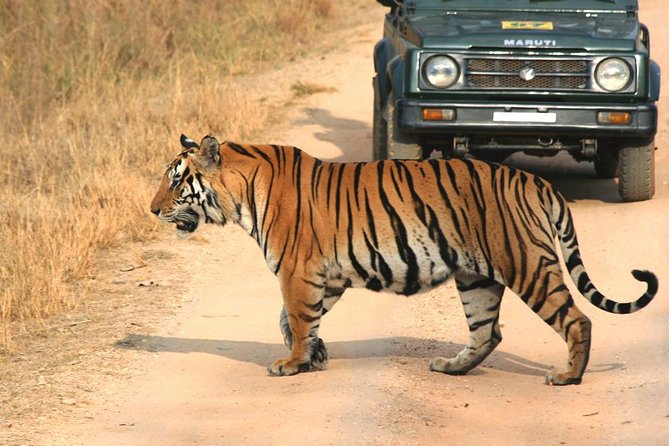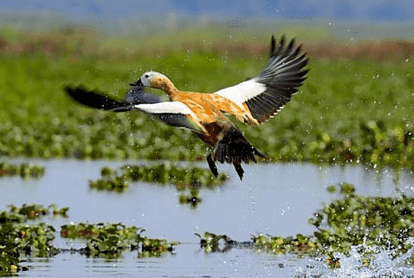- Home
- Tourism in India
- National Parks in India
- Manas National Park
Manas National Park
Manas National Park:
Quick Facts:
Country: India
State: Assam
Best time to visit: November to April
Safari timings: Morning 9 am to 12 noon and evening 2 pm to 5 pm
Established in the year: 1990
Famous for: Wild water buffalo
Update on coronavirus in India
Manas National Park is another important National park in Assam, India along with Kaziranga National Park. Manas National park is a UNESCO Natural World Heritage Site, A tiger and elephant reserve and a biosphere reserve. The park is the home for several endangered species like hispid hare, Assam roofed turtle and pygmy hog. The park is famous for Wild water buffalo. The park is located at the foothills of Himalayas in Assam and has thick forest.
The park got its name from the Manas river which is the major tributary of brahmaputra river. Manas river flows at the centre of the park. The park covers an area of 950 square kilometers and shares its border with Bhutan's Manas National Park.
Best time to visit the park: The best time to visit the park is from November to April when there are high chances of spotting wild animals. The park is closed during the monsoon season.
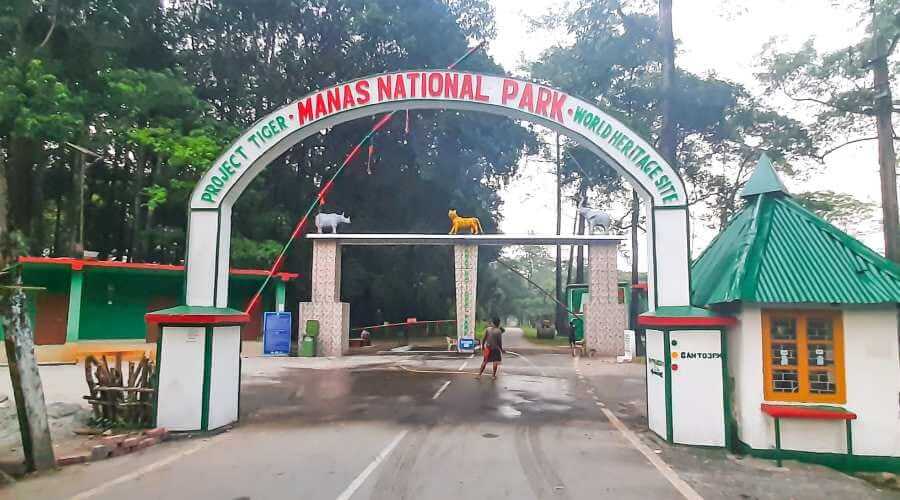
Climate/Seasons at Manas National Park
The park enjoys three main seasons
Summer season: The summer season is from March to May. The maximum temperature hovers around 38 degree celsius. It is very hot and humid during the summer season.
Monsoon season: Monsoon season is from July to September. The park receives heavy rainfall during monsoon season. The park remains closed to tourists during monsoon season.
Winter season: Winter season is from October to February. The weather remains pleasant and this period is considered the best time to visit the park. The temperature remains between 15 to around 25 degree celsius.
How to reach the park
Manas National Park has no airport or railway station nearby. The only way to reach there is through the road. The nearest airport is located in Guwahati and the nearest railhead is Barpeta Road.
By Air : The nearest airport to Manas National Park is in Guwahati. Guwahati has regular flights from major cities like Bagdogra, New Delhi, Kolkata, Mumbai, Chennai, Bangalore, Hyderabad, Goa, Jorhat. Cabs are easily available from the airport for Manas National Park.
By Rail : Barpeta Road is the nearest railhead . Guwahati is another railway station close to Manas National Park. From the railway station one can book a cab to drive down to the park.
By Road : Manas National Park is 176 km away from Guwahati which takes about 5 hours to reach. Cabs, private and public buses are also available from Guwahati to the national park.
Safari Timings
Safari Timings:
The best time to visit the Manas National Park is from October to April. Manas National Park offers both Jeep Safari and Elephant Safari to the visitors. One can enjoy both safari as the climate would be favorable during this period. A permit for the Director office of the field is essential to enter the park
Jeep Safari Timings:
Morning : 9:00 AM to 12:00PM
Evening : 2:00PM to 5:00PM
Elephant Safari Timings:
6 am , 7 am
History of Manas National Park
The park got its name from the Manas river which is one of the major tributaries of Brahmaputra river. It passes at the centre of the park which provides a good amount of water to flora and fauna. In 1928 the park was declared as a wildlife sanctuary with an area of 361 square kilometers. Before 1928 the park was a reserve forest and was called Manas R.F and North Kamrup R. F.
Read more about Indian history here
The park was a hunting reserve for Cooch Behar royal family and Raja of Gauripur. Between 1950-51 the area of the park was further increased to 391 square kilometers. In 1973 the park was declared as a Biosphere Reserve.
Due to heavy poaching and terrorist activities the park was declared as UNESCO World Heritage Site in December 1985. By 2008 the area of the park was further increased to 950 square kilometers.
Geography of Manas National Park
The area of the park comes within six districts of the state of Assam. The six districts include Kokrajhar, Bongaigaon, Barpeta,Nalabari, Kamrup and Darrang. Located at the foothills of Eastern Himalayas, Manas National park has thick forest all through the park. Manas river flows towards the western side of the park and it splits into two different rivers namely Bwrsi and Bholkaduba as it reaches the plains. There are also a few small rivers which flow within the park.
Towards the north of the park the bedrock of the savanna is filled with limestone and sandstone while the deep deposits of alluvium soil nourish the grassland in the south of the park. The park has two biomes that are the grassland biomes and forest biomes.
Read more on culture of India here
Flora and Fauna
Due to the varied vegetation, Manas National Park is one of the richest biodiversity areas in the world. The park has a combination of both Sub Himalayan Bhabar terai region and Himlayan subtropical broadleaf forest.
The topography of the park is mainly small streams, natural drainage and thickly forested all over the area. The vegetation in the park can be classified as Eastern wet alluvial grasslands, Assam Valley Semi-Evergreen Alluvial grasslands, Low Alluvial Savanna Woodland, East Himalayan mixed moist and Dry deciduous forest and Sub- Himalayan light Alluvial Semi Evergreen forests.
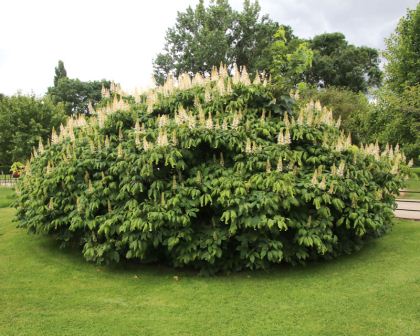
There are around 500 plant species in the core zone of the park. Some of the dominant flora in the park are pentagyna, Bombax ceiba, trewia polycarpa, Bauhinia ceiba,Gmelina arborea, Oroxylum indicum, Syzygium oblatum, Trewia polycarpa, Gmelina arborea, Cinnamomum tamala, Lagerstroemia parviflora, Dillenia pentagyna, Actinodaphne obvata, Arundo donax, Mussaenda, Premna and many more
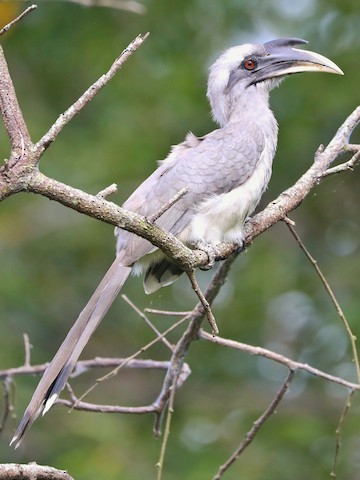
Fauna:
Manas National Park is home to around 450 species of birds, around 55 species of mammals, 50 species of reptiles and some amphibians.
One can also see some of the endangered and rare species like Assam roofed turtle, golden langur, pygmy hog and golden langur. Other than these wildlife one can see Indian tigers, Indian elephants, Indian rhinoceros, clouded leopards, sloth bears, barking deer's, Assamese macaques, slow loris, black panthers and many more.
The park is also home for many different species of birds like grey hornbills, Indian fowls, bulbuls, herons, falcons, Indian Peafowl, ospreys, herons, pied hornbills, bee eaters, egrets, pelicans and many more.
There are many places to see around the National Park like the monasteries, Guwahati tea auction centre and many more.
Affiliate Disclosure:
If you make any purchase via a link on this site, I may receive a small commission with no added cost to you.
